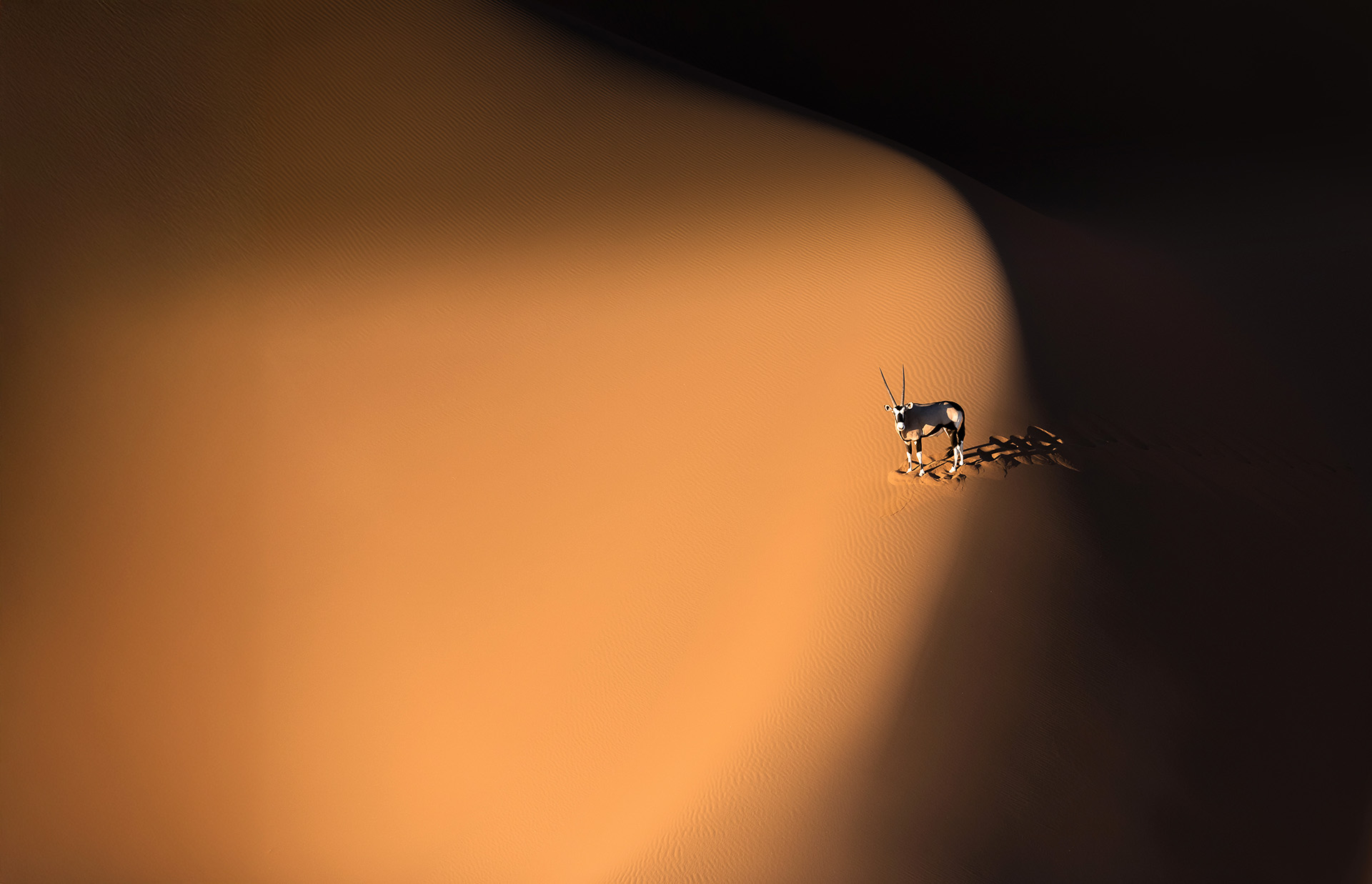
Safari in October
October
is a transition month
in almost all locations
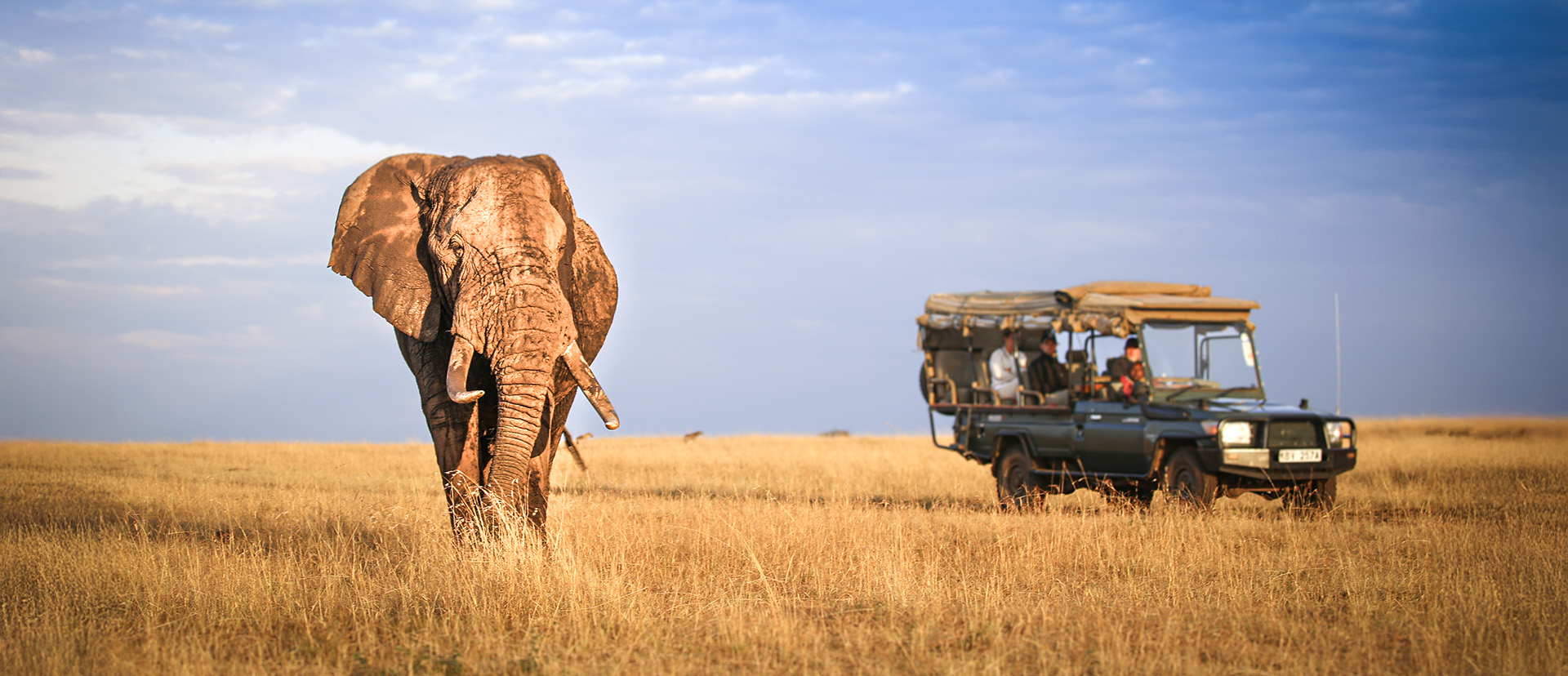
peak dry season with epic wildlife
October is generally considered to be a very good time to visit Tanzania.
The weather in Tanzania during October should be excellent in virtually all areas. The dry season should be reaching its peak, which means there should be lots of sunshine, clear skies and very little rainfall. On the coast the tropical showers and onshore winds should be relatively light.
Temperatures should reach 30-35C/86-95F during the day, with low humidities inland, high humidities along the coast. The summit of Kilimanjaro should not be so cold and snow should be unlikely.
Safari in Tanzania in October should be excellent. We are now reaching the peak of the dry season. The animals have been concentrated around the permanent water sources for some months and life has really started to get tough for herbivores as the grazing depletes and predators exact a heavy toll.
It’s difficult to list all the safari highlights at this time of year, but in the north alone one should look out for huge herds of elephant in Tarangire, the highest density of lions and cheetahs in Africa in Central Serengeti and migration river crossings in the Serengeti Mara area.
If the rains break early then October could see some wildlife dispersal, as described in November, but generally speaking this isn’t the case.
Conditions on Kilimanjaro are excellent to moderate. As the month progresses, so the chances of getting caught by the short rains or snows at higher altitudes increases. The first couple of weeks should be a pretty safe bet, the third week more risky. We tend to start winding down our main trek operations just before the end of the month.
Visitor traffic in October is reasonably low. Despite being such a good month to be in Tanzania, relatively few people seem able to take advantage. If you are not tied to school holidays or work shut-downs, then we recommend that you do your best to catch the middle part of the month. This is a great time to be out on safari and without the oppressive heat experienced in countries further south.
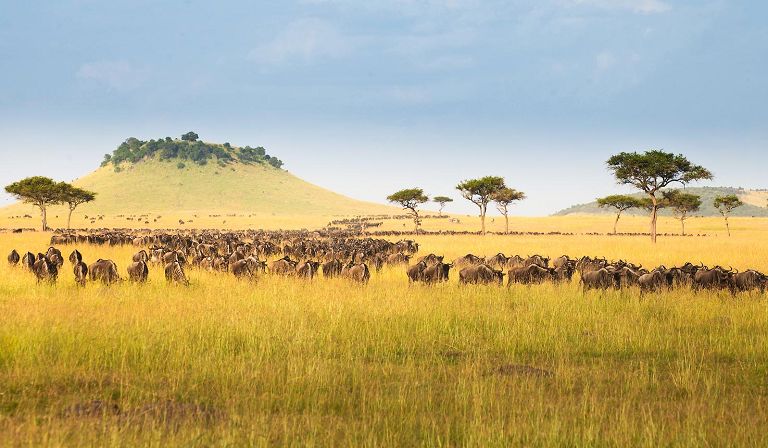
reducing visitor numbers, but slightly rainy down on the coast
October is generally considered to be a very strong month to visit Kenya.
At this time, the whole of the country is enjoying dry and sunny conditions, with comfortable temperatures.
In the Maasai Mara, temperatures should be around 27C/80F, with rainfall down around 50mm/1″ for the month. The main migration herds should be spread out across the area, so river crossings are a major feature, with plenty of crocodile action. There should also be strong general wildlife viewing, with plenty of predator action.
In the northern areas of Laikipia, Samburu and Mathews Range, where conditions are generally more arid, temperatures should be comfortable, with slightly increased chances of light showers. Wildlife viewing should remain strong.
Conditions are starting to deteriorate slightly down on the tropical coast, where temperatures are rising to around 31C/89F and rainfall rising to a not inconsiderable 100mm/4″ for the month.
Visitor numbers in October remain high in October, so traffic avoidance techniques should still be applied, including the use of private concessions in the Maasai Mara and more remote lodges in other areas.
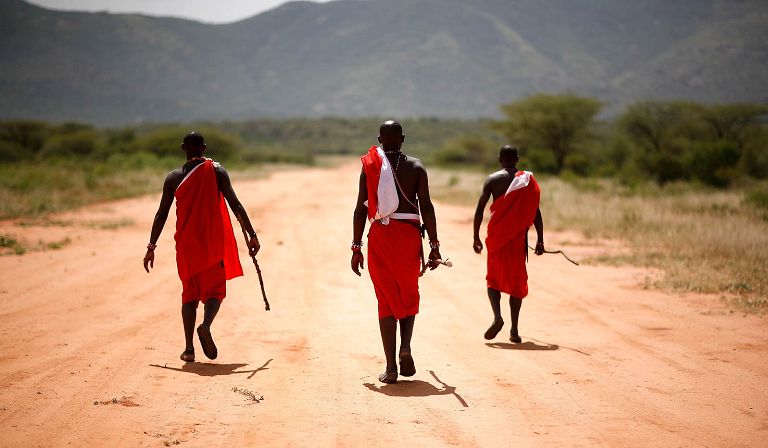
conditions in the fall are very appealing
October is the second month of fall and is generally considered to be a very good time to visit Bhutan.
Sep-Nov is autumn in Bhutan, transitioning from the warm wet summer to the cool dry winter, with temperatures falling and rainfall decreasing through the period, in advance of the cold winter.
During this period the typical daytime temperatures fall through 23-18C (74-64F), whilst night time low temperatures fall through 15-5C (59-41F). Rainfall decreases through 150-10mm (6-0.5”) per month. Sunshine increases to 5-8 hours per day, which is around 40-80% of daylight hours, making for an increasing amount of pleasant sunny weather and often clear skies for mountain views (especially into Oct-Nov).
Although the weather should be generally good, there can occasionally be serious showers and periods of persistent drizzle, although these are usually limited to September.
Following the rains, visibility can be really good, with lovely mountain panoramas and crisp polarisation for photography.
This is a particularly good time of year if you are planning to undertake trekking, mountain-biking and camping trips up into the mountains.
October is a good month for religious and cultural festivals. We often plan trips to coincide with a particular event.
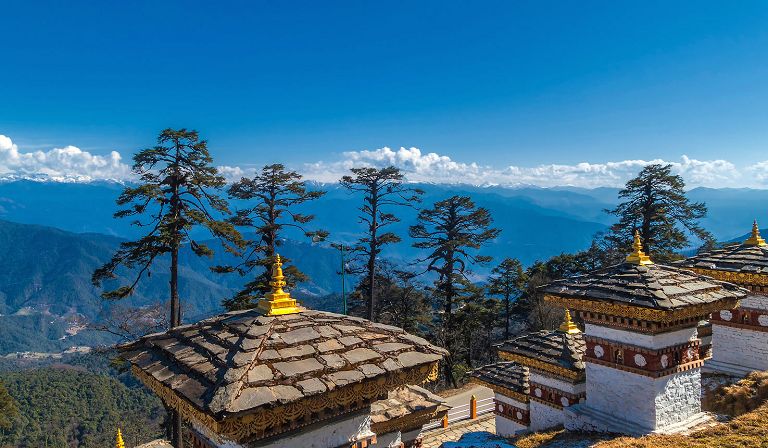
epic wildlife but potentially uncomfortably warm conditions
By October, the dry season is at its peak in Zambia, with sunshine levels up around 12 hours per day, but with temperatures potentially having climbed to uncomfortable levels, particularly along the Zambezi River.
All of the key reserves remain fully open and all the little backtracks are passable.
The bush has long-ago turned yellow and the long grasses have dropped, providing better visibility. Life has become a real struggle for survival for the animals, which have been congregated around permanent water for some months now, obliged to walk further and further each day to find grazing. However, this does make for very productive wildlife viewing.
Visitor numbers are much lower now, a reward for those who are willing to brave the heat. It may be worth seeking out the few camps and lodges that have air-conditioning.
The Cape (Cape Town, Whale Coast, Cape Winelands) has a converse seasonality to the rest of sub-Saharan Africa. It is spring at this time, which can be very pleasant. There are also options to combine with tropical beaches.
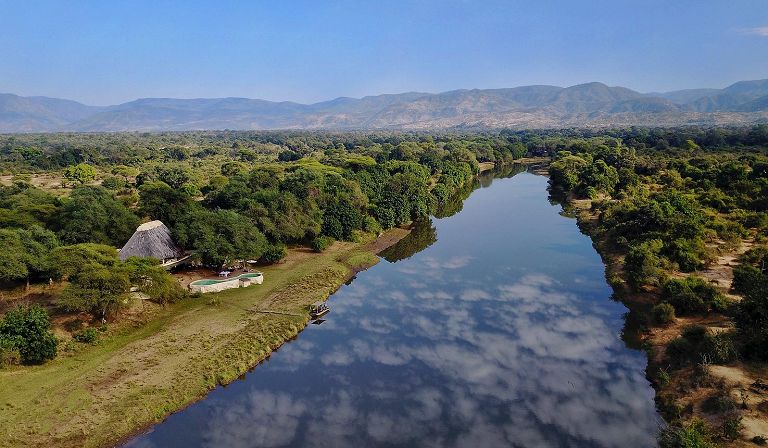
slightly better in the Cape than on safari
October is a good time of year in South Africa if you are looking for a compromise in weather conditions between the safari areas and the Cape, leaning more towards the latter.
The Cape (Cape Town, Whale Coast, Cape Winelands) is in spring, which is a lovely time to explore.
The safari areas of South Africa (Kruger, Madikwe, Tswalu, Waterberg) are in the latter part of the dry season, with excellent wildlife viewing conditions, but increasing chances of showers, which can cause the animals to disperse away from permanent water.
Visitor traffic in October is relatively high in the Cape and very high in the safari areas, making it necessary to deploy traffic avoidance techniques (such as sticking to private concession areas).
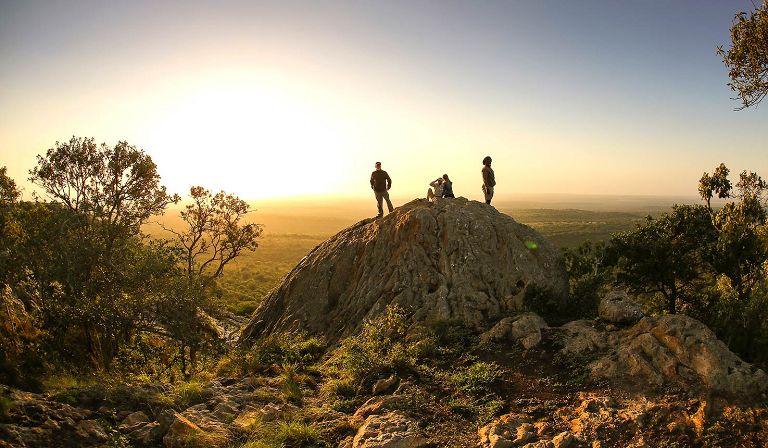
reduced visitor numbers, but increasing temperatures
The Jun-Oct period covers the main winter dry season, the most popular time for visiting Namibia.
As the seasonal waterholes out in the surrounding hinterlands dry out, the animals become obliged to migrate in towards the permanent waterholes of the Etosha area, clustering together in the densities for which the reserve is renowned. This effect is also true of other wildlife areas like Damaraland North and Twyfelfontein.
Temperatures in Etosha during the later part of this season, Sep-Oct, should be warmer, at 32C/90F daytime and 16C/61F at night. It can get a great deal cooler at night out in the western deserts.
Visitor traffic is often heavy through this period, with the main peak for international visitors Jul-Sep. By October, numbers should be reducing fast and traffic avoidance techniques (like staying on private reserves and visiting more remote areas) are becoming less essential.
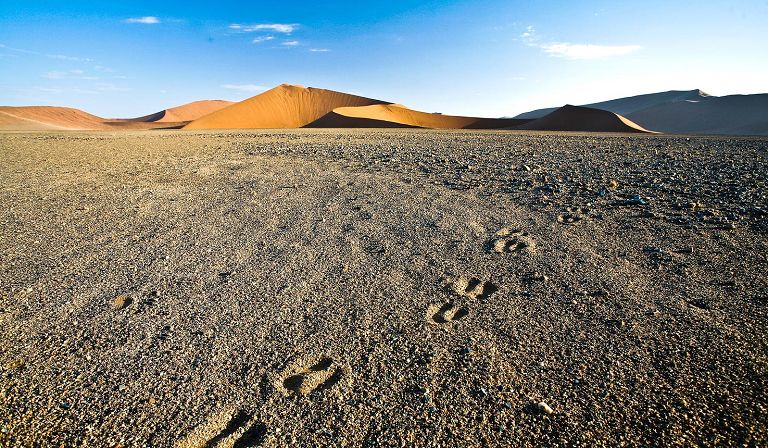
areas further south are starting to reopen
October is the early spring and areas further south are just starting to open back up. Nevertheless, most trips continue to focus on the northern parts of Argentina.
In the deep south, Patagonia remains effectively closed, since the more remote and interesting lodges are yet to reopen.
Down in the south, the conditions in Patagonia are definitely on the turn. Although the weather here is always unpredictable, conditions are potentially improving for outdoor activities like touring, motorboating, kayaking, hiking, horse-riding and puma tracking. Temperatures are increasing to around 14C (57F), with rainfall dropping to 10mm (0.5”) for the month still with snow at altitude.
In central areas such as Bariloche, conditions are also improving slightly for outdoor activities like touring, hiking, kayaking and motorboating. Temperatures rise sharply to around 15C (59F) and rainfall drops slightly to 50mm (2”) for the month.
Out on the coast, Península Valdés is also becoming milder at this time, triggering the arrival of migratory marine animals. October is the first month of the first orca hunting season, when they target baby elephant seals. Temperatures rise to around 15C (59F), but rainfall remains down at 25mm (1”) for the month.
In the northwest of the country, private-guided overland expeditions into the high Andes are excellent at this time. Temperatures in Salta are climbing fast to around 28C (82F), with rainfall increasing to 25mm (1”) for the month. Conditions in the dramatic high altitude areas are starting to rise to slightly more comfortable levels.
Up in the north of the country, the Iguazú Falls area is once again becoming very hot and rainy. The water volumes on the falls should be starting to increase, but could still be very low. Temperatures are back up at around 30C (87F) and rainfall also rises to a considerable 200mm (8”) for the month.
Visitor traffic in October is relatively low in all areas.
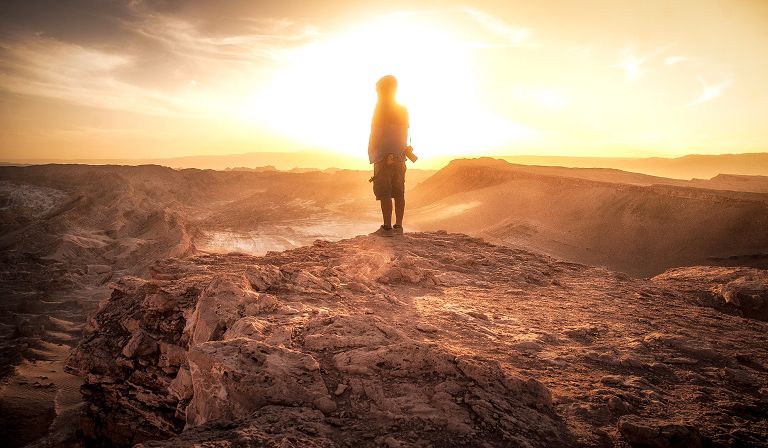
a strong month, but more challenging in the tropical north
October is considered to be a good time to visit Madagascar.
In the Andasibe area of the Central Highlands, October is the fifth month of the cool dry season. Temperatures climb slightly to a pleasant 17C (64F). Rainfall is still up at 75mm (3”) for the month, but that is considered low by local standards.
Up in Nosy Be, in the tropical northwest, the always high temperatures have risen to around 33C (92F), with rainfall climbing to 90mm (3.5”) for the month. Conditions are definitely starting to become more challenging.
Down in Tulear, in the arid southwest, temperatures are down around 30C (86F), with rainfall staying down at 10mm (0.5”) for the month. Much lower humidities make these temperatures feel much more comfortable.
Visitor traffic in October is much lower than the preceding months, meaning that traffic avoidance measures are less important.
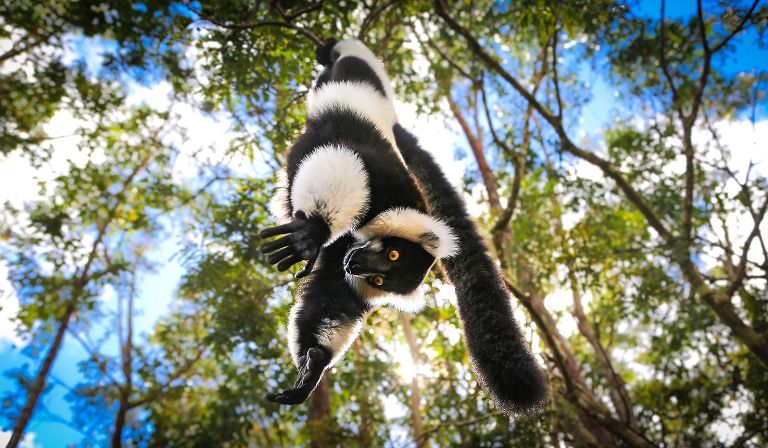
epic wildlife but potentially very warm conditions
October is the fifth and final month of the dry season in Botswana, usually the best month of the year for wildlife viewing.
By now, the landscapes should be very desiccated, with the vegetation having long since died back and the wildlife migrating daily in and out of permanent water sources. This makes for very strong and reliable wildlife viewing, but can also be quite a painful scene, as the animals struggle with the harsh conditions.
By now, the flood should have passed through all of the wetland areas and will be largely subsided, especially in more westerly parts.
The daytime temperatures can now start to soar, in advance of the upcoming rains and they can become quite oppressive. Bear in mind that most lodges do not have air-conditioning, so you need to be good with these high heat and humidity. If not, then aim for the preceding months, which are much cooler.
Unfortunately, the prices in almost all lodges remain at their highest. The lodges may continue to be fully booked, but that’s not a particular problem.
The Cape (Cape Town, Whale Coast, Cape Winelands) has a converse seasonality to the rest of sub-Saharan Africa. It is spring at this time, which can be very pleasant. There are also options to combine with tropical beaches.
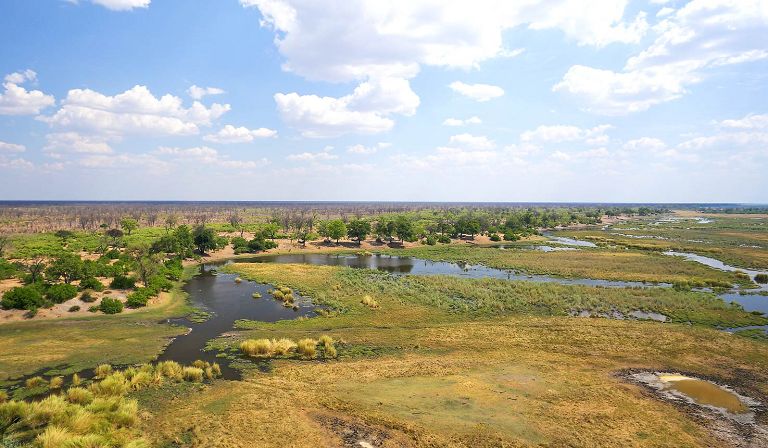
epic wildlife but potentially uncomfortably warm conditions
By October, the dry season is at its peak in Zimbabwe, with sunshine levels up around 12 hours per day, but with temperatures potentially having climbed to uncomfortable levels, particularly along the Zambezi River.
All of the key reserves remain fully open and all the little backtracks are passable.
The bush has long-ago turned yellow and the long grasses have dropped, providing better visibility. Life has become a real struggle for survival for the animals, which have been congregated around permanent water for some months now, obliged to walk further and further each day to find grazing. However, this does make for very productive wildlife viewing.
Visitor numbers are much lower now, a reward for those who are willing to brave the heat. It may be worth seeking out the few camps and lodges that have air-conditioning.
The Cape (Cape Town, Whale Coast, Cape Winelands) has a converse seasonality to the rest of sub-Saharan Africa. It is spring at this time, which can be very pleasant. There are also options to combine with tropical beaches.
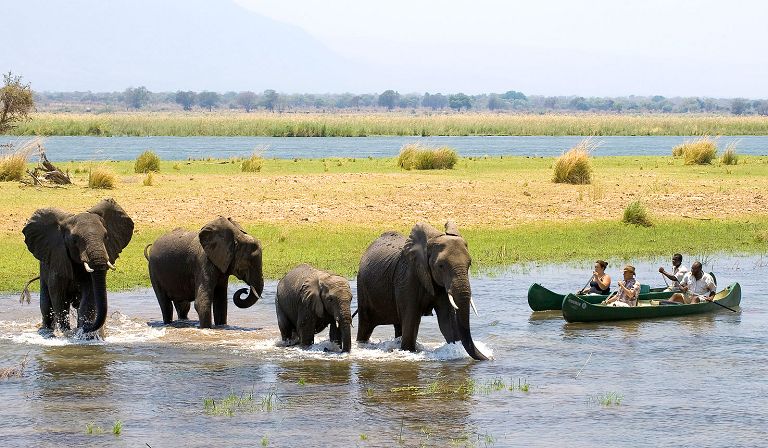
Extraordinary tailor-made adventures,
from earthy and edgy to easy and extravagant
From around USD 2500 per person, you set the ceiling
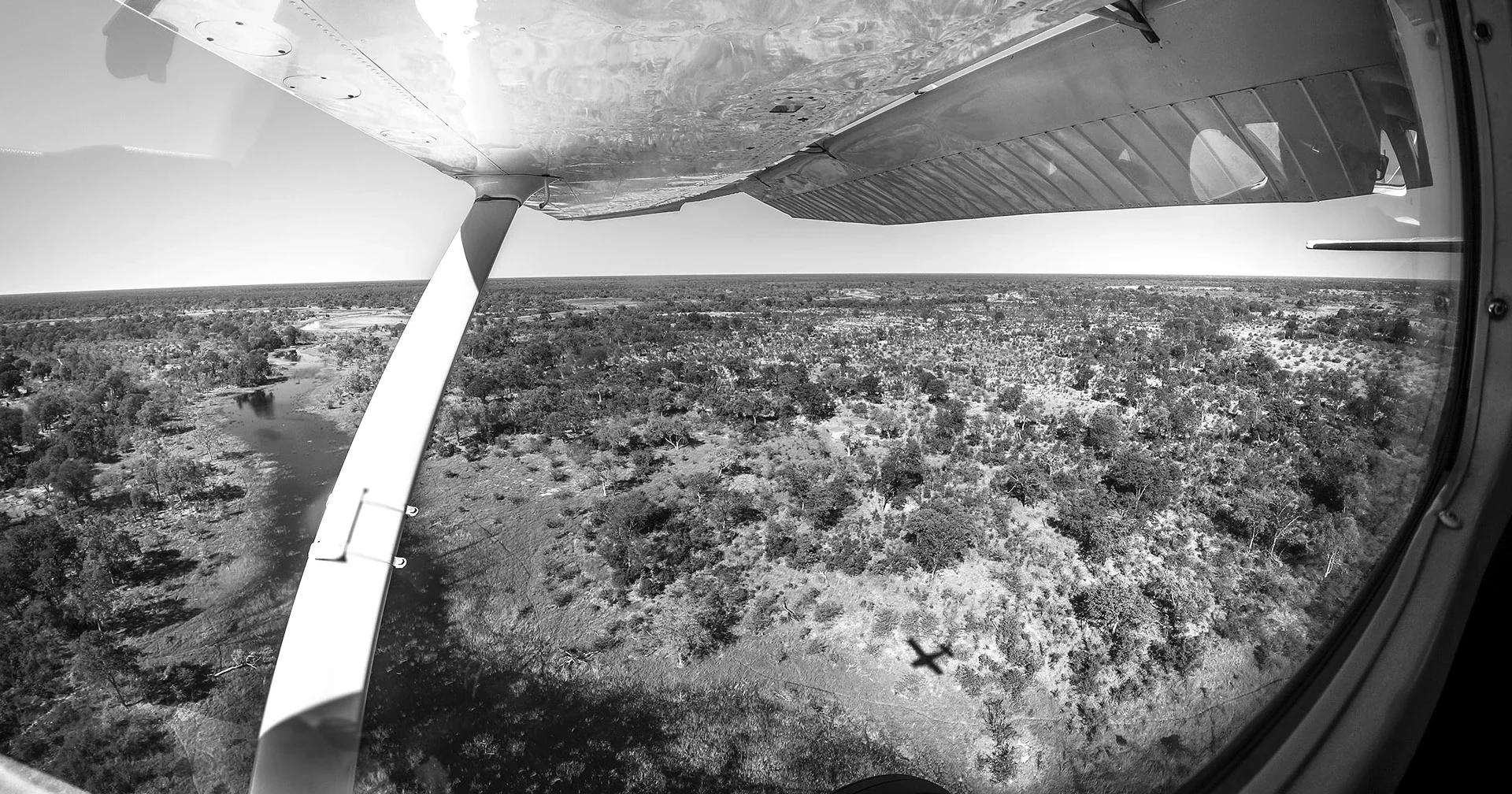
Get started on your trip
It’s never too soon to get in touch, we are here to help with every stage of your planning.

January
is strongest in north and central Africa, Asia,
the south of South America and Antarctica

February
is strongest in north and central Africa, Asia,
the south of South America and Antarctica

March
is strongest in north and central Africa, Asia,
the south of South America and Antarctica
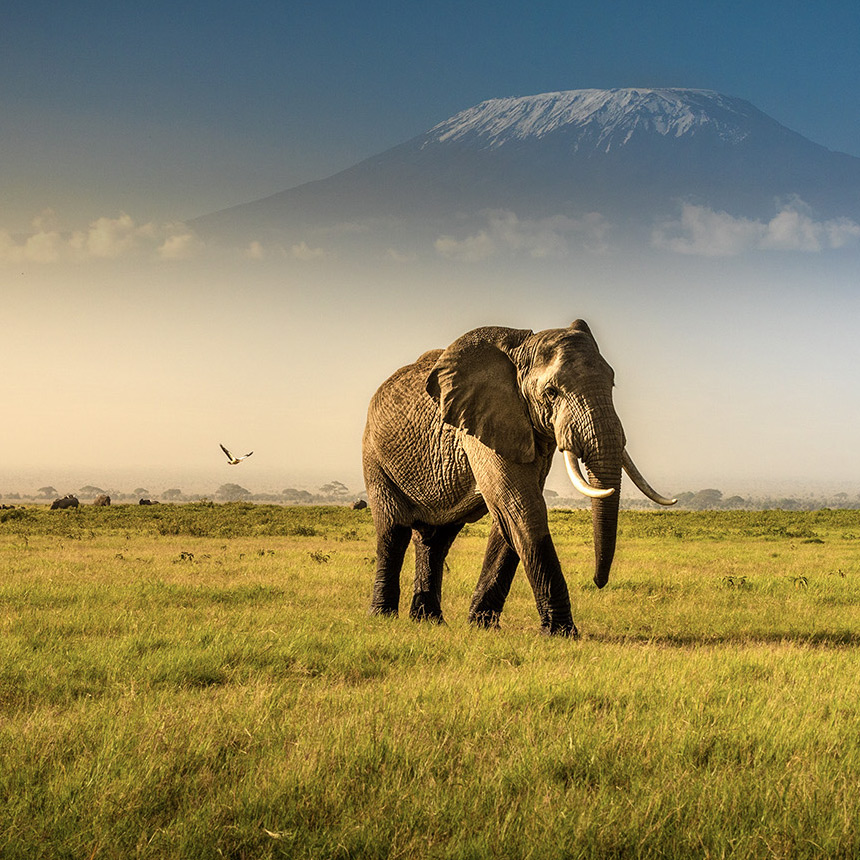
April
is strongest in north and central Africa, Asia,
the south of South America and Antarctica
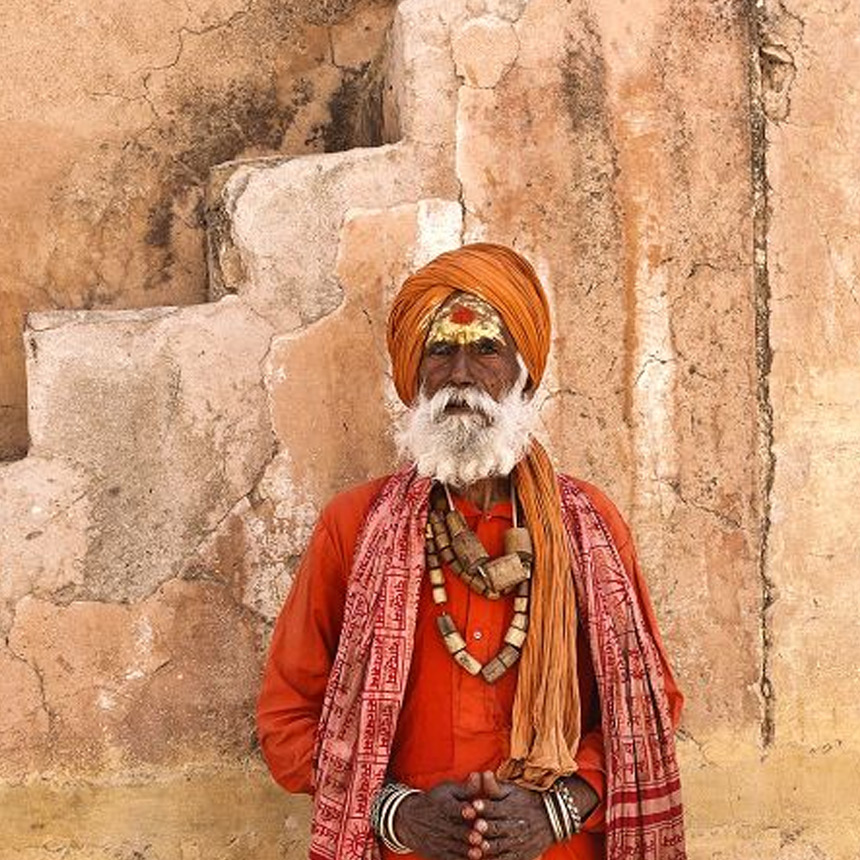
May
is strongest in north and central Africa, Asia,
the south of South America and Antarctica
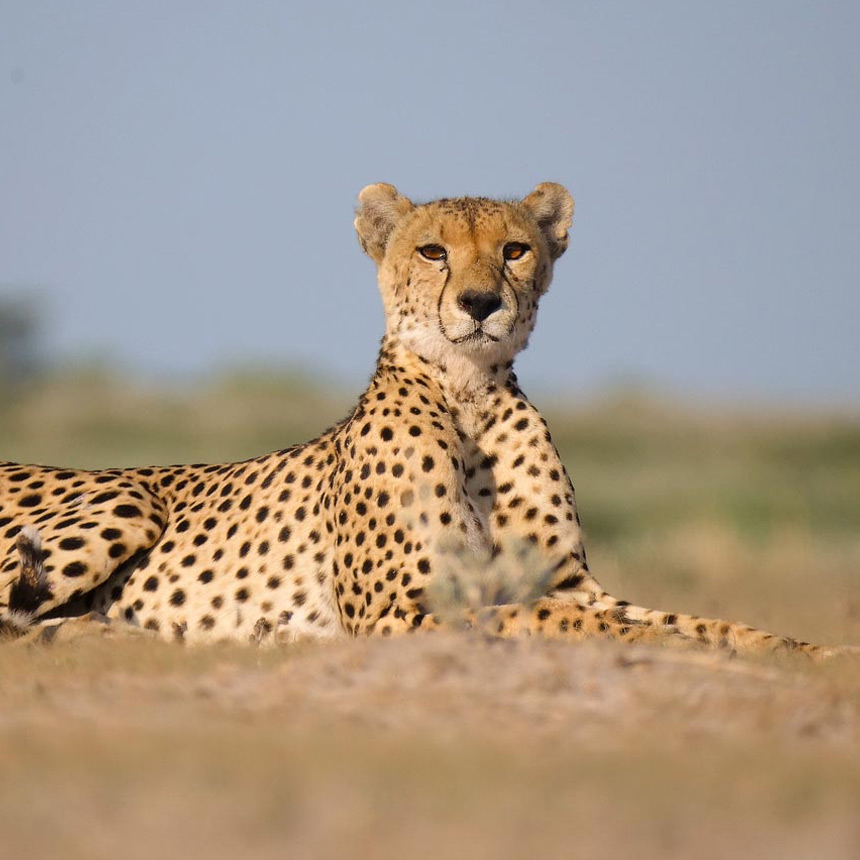
June
is strongest in north and central Africa, Asia,
the south of South America and Antarctica

July
is strongest in north and central Africa, Asia,
the south of South America and Antarctica
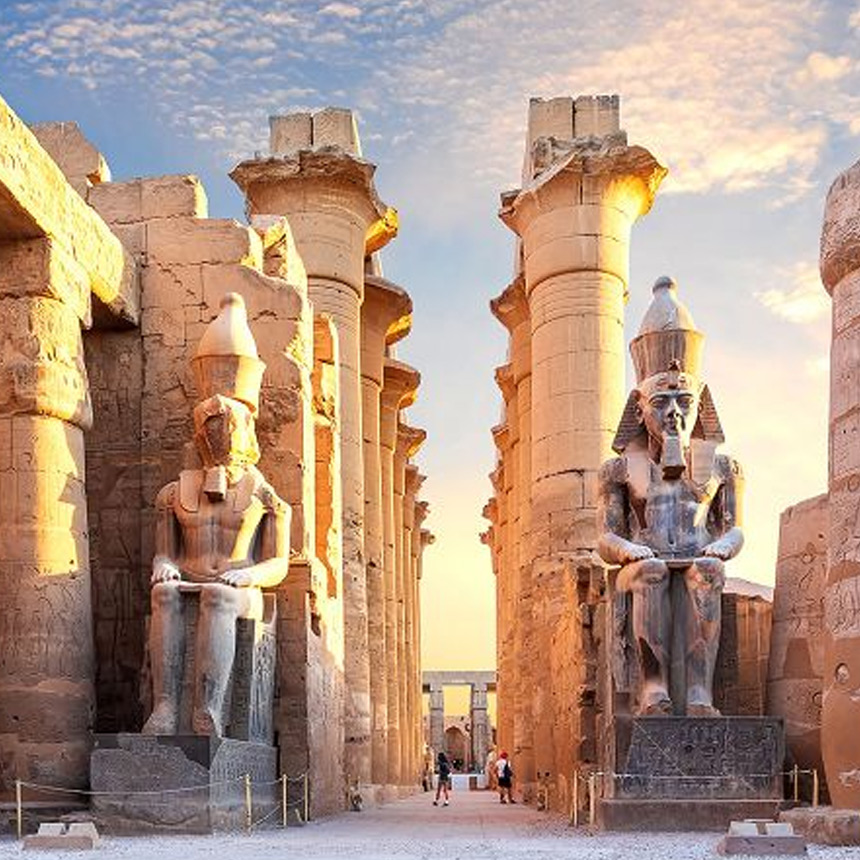
August
is strongest in north and central Africa, Asia,
the south of South America and Antarctica
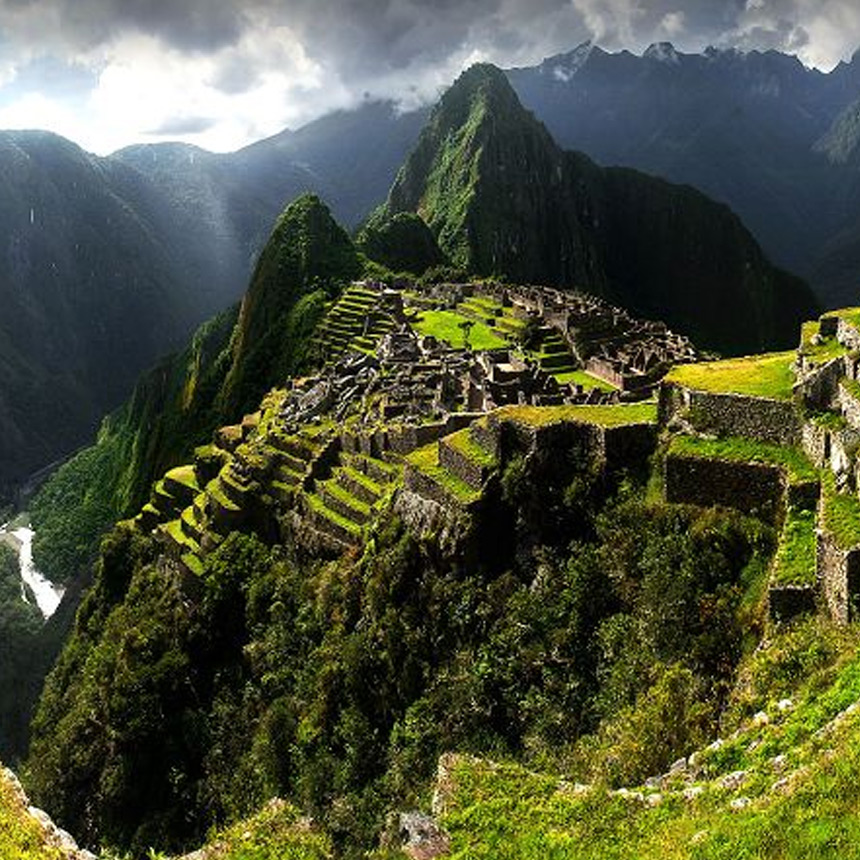
September
is strongest in north and central Africa, Asia,
the south of South America and Antarctica
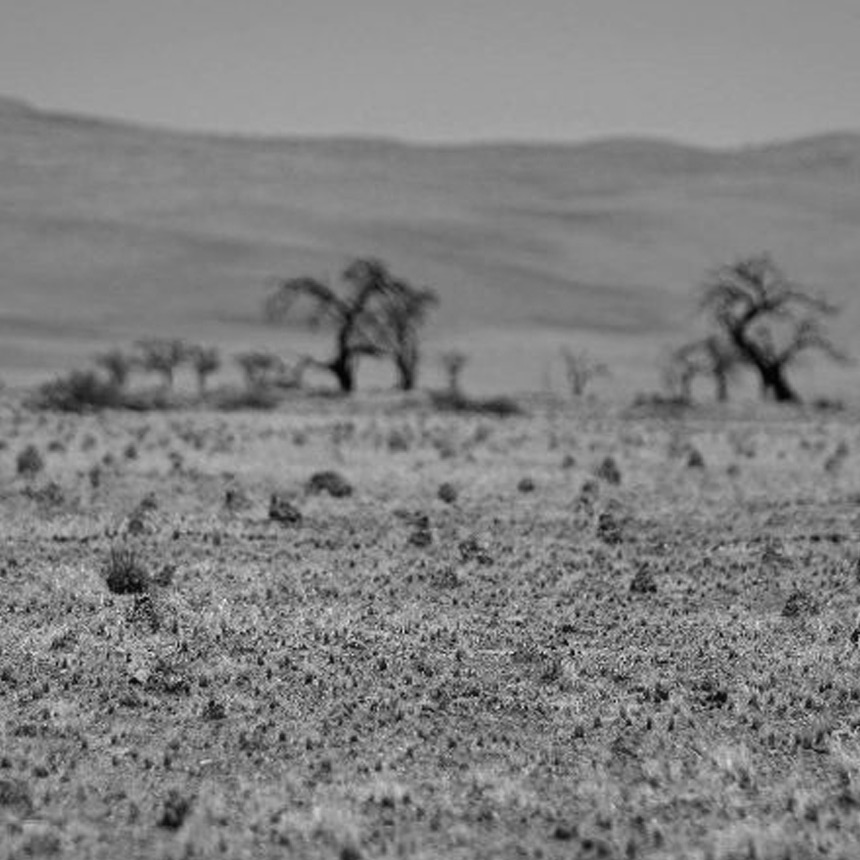
October
is strongest in north and central Africa, Asia,
the south of South America and Antarctica
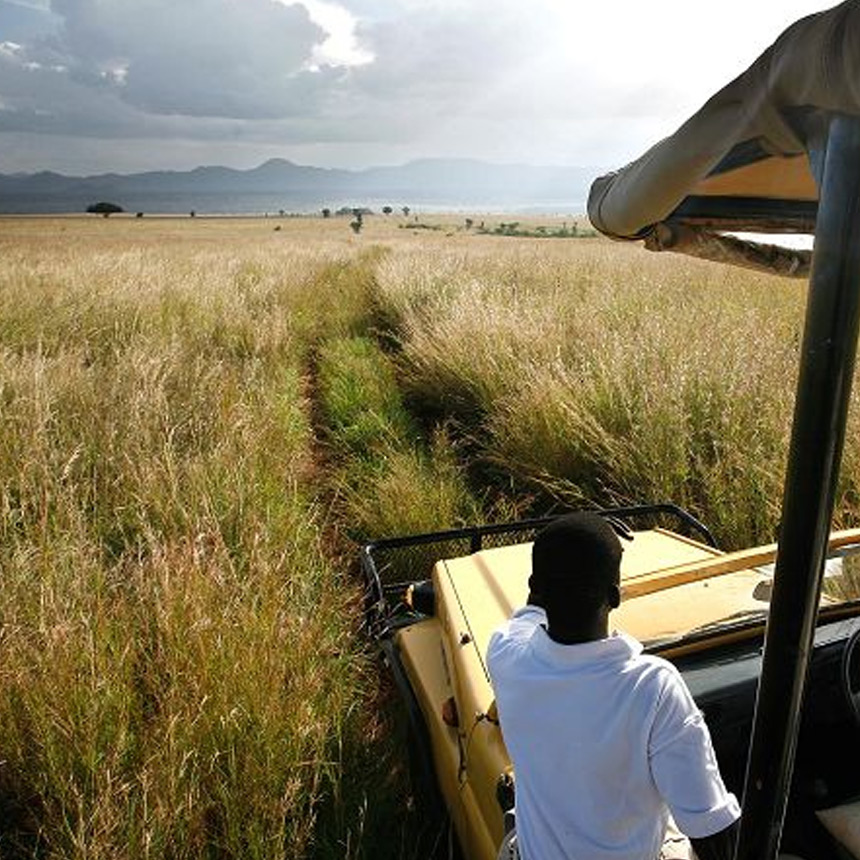
November
is strongest in north and central Africa, Asia,
the south of South America and Antarctica

December
is strongest in north and central Africa, Asia,
the south of South America and Antarctica
